Master Heart Rate Training: Unlock Your Full Potential
When it comes to maximising your workouts, heart rate training is often overlooked, but it really is one of the most powerful training methods available. By monitoring your heart rate during exercise, you can ensure that you’re training at the right intensity for your specific goals—whether it’s endurance, fat loss, or improving overall fitness.
In this article, we’ll be breaking down what heart rate training is, how heart rate zones work, and how you can use this information to level up your performance. So, it's time to get your fitness watches on and heart rate monitors at the ready...
What Is Heart Rate Training?
Heart rate training involves tracking your heart rate (in beats per minute or BPM) to ensure you’re working at the right intensity for your goals. Heart rate training is all about optimising your performance. The key is understanding your maximum heart rate (MHR), which can be roughly estimated with this formula:
MHR = 220 – your age
Although this is a general guide, using a heart rate monitor will give you a more accurate, real-time reading during your workouts.
Heart Rate Zones Explained
Heart rate zones split your training intensity into five key levels, each offering different benefits:
Zone 1: Active Recovery (50-60% of MHR)
This is the lowest intensity zone, ideal for recovery sessions or warm-ups. It boosts circulation without putting stress on your body.
Zone 2: Endurance (60-70% of MHR)
Perfect for improving aerobic endurance, Zone 2 helps your body become more efficient at using fat for fuel. This is the zone for long, steady cardio sessions.
Zone 3: Aerobic Conditioning (70-80% of MHR)
Training in Zone 3 increases cardiovascular fitness, building stamina over time. It’s commonly used for moderate-intensity, longer workouts.
Zone 4: Lactate Threshold (80-90% of MHR)
Zone 4 pushes your body toward its limits, improving speed and power by training your body to handle higher levels of lactic acid. Ideal for high-intensity intervals.
Zone 5: Maximum Effort (90-100% of MHR)
Zone 5 is all about short bursts of maximum effort. It taps into your anaerobic systems, improving your explosive strength and sprinting capacity.
The Benefits of Heart Rate Training
-
Train Smarter, Not Harder Heart rate training lets you focus on specific goals by controlling the intensity of your workouts. You’ll know exactly what energy system you’re targeting, whether it’s endurance or speed.
-
Prevent Overtraining By monitoring your heart rate, you can avoid pushing yourself too hard, which is key for long-term progress and injury prevention. Training in lower zones on recovery days keeps you moving without overloading your system.
-
Tailored Intensity for Every Athlete Your fitness level is unique, and heart rate training ensures your sessions are personalised. As your fitness improves, you’ll see your heart rate drop while maintaining the same effort—a clear sign of progress.
-
Track Your Progress Over Time With consistent use of heart rate monitoring, you’ll be able to measure your improvement. As your body becomes more efficient, you’ll be able to sustain higher intensities at a lower heart rate.
How To Start Heart Rate Training
-
Find Your Maximum Heart Rate Use the MHR formula (220 – your age) or measure your max heart rate during an intense workout. This gives you a starting point for training in different zones.
-
Get a Reliable Heart Rate Monitor Whether it’s a chest strap or a fitness watch, investing in a good heart rate monitor will provide accurate data during your sessions.
-
Set Clear Goals Are you training for endurance, fat loss, or improving speed? Knowing your goal will determine which zones you should spend the most time in.
-
Stay Consistent Like any effective training strategy, heart rate training requires consistency. Regularly incorporating it into your routine will ensure you’re always progressing.
Which Heart Rate Zones Should You Use?
- Zone 1 & 2: Best for recovery and long, slow cardio sessions.
- Zone 3: Ideal for building aerobic fitness and endurance.
- Zone 4: Great for high-intensity interval training (HIIT) and pushing your lactate threshold.
- Zone 5: Reserved for short, maximum effort sprints or power training.
Heart rate training is an essential tool for athletes who want to train smarter, not harder. Whether you’re aiming to build endurance, burn fat, or improve performance, understanding your heart rate zones can make every workout more efficient and effective.
By incorporating heart rate training into your routine, you’ll be able to push your limits, avoid burnout, and see measurable progress over time. Start training with purpose—and see the results for yourself.



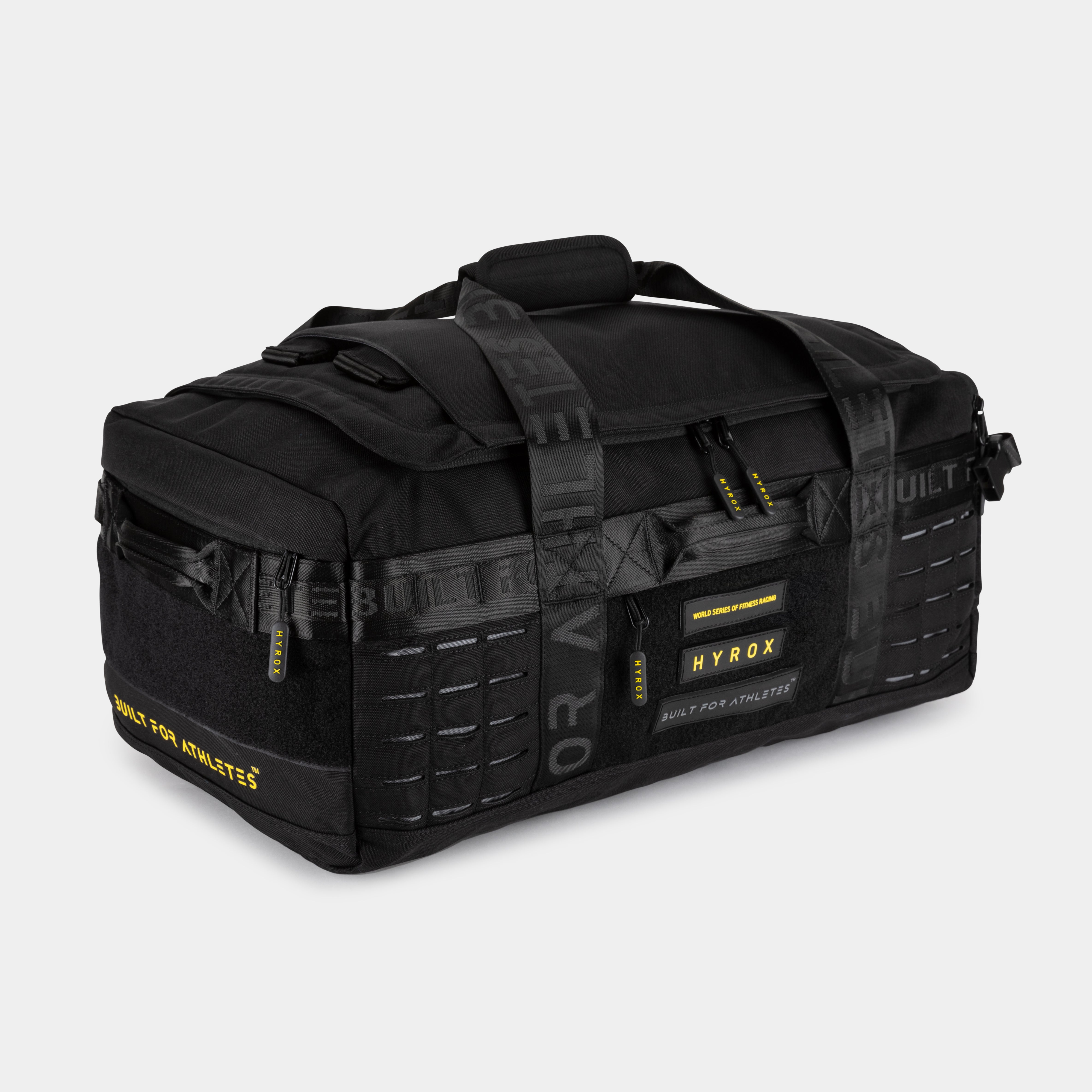



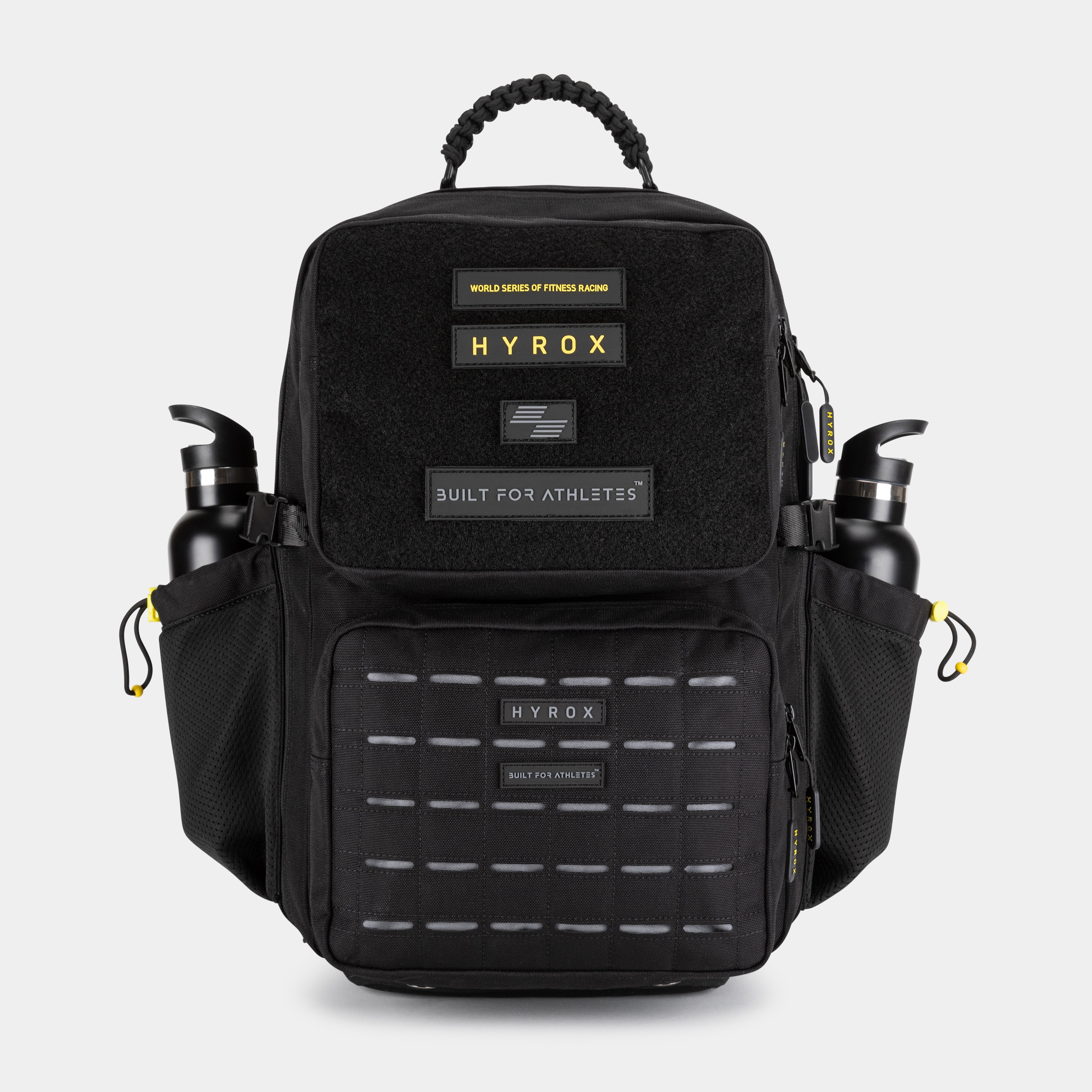

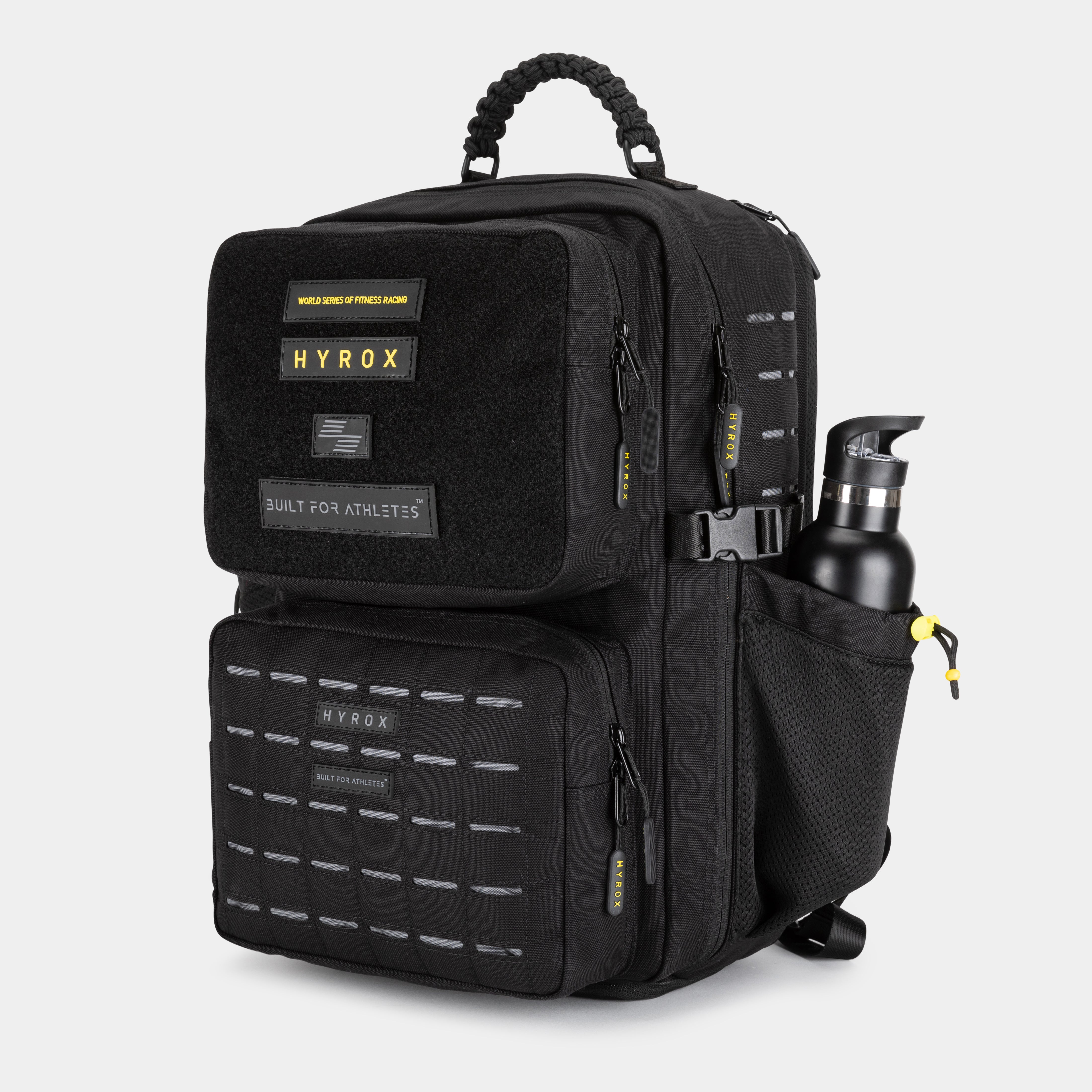

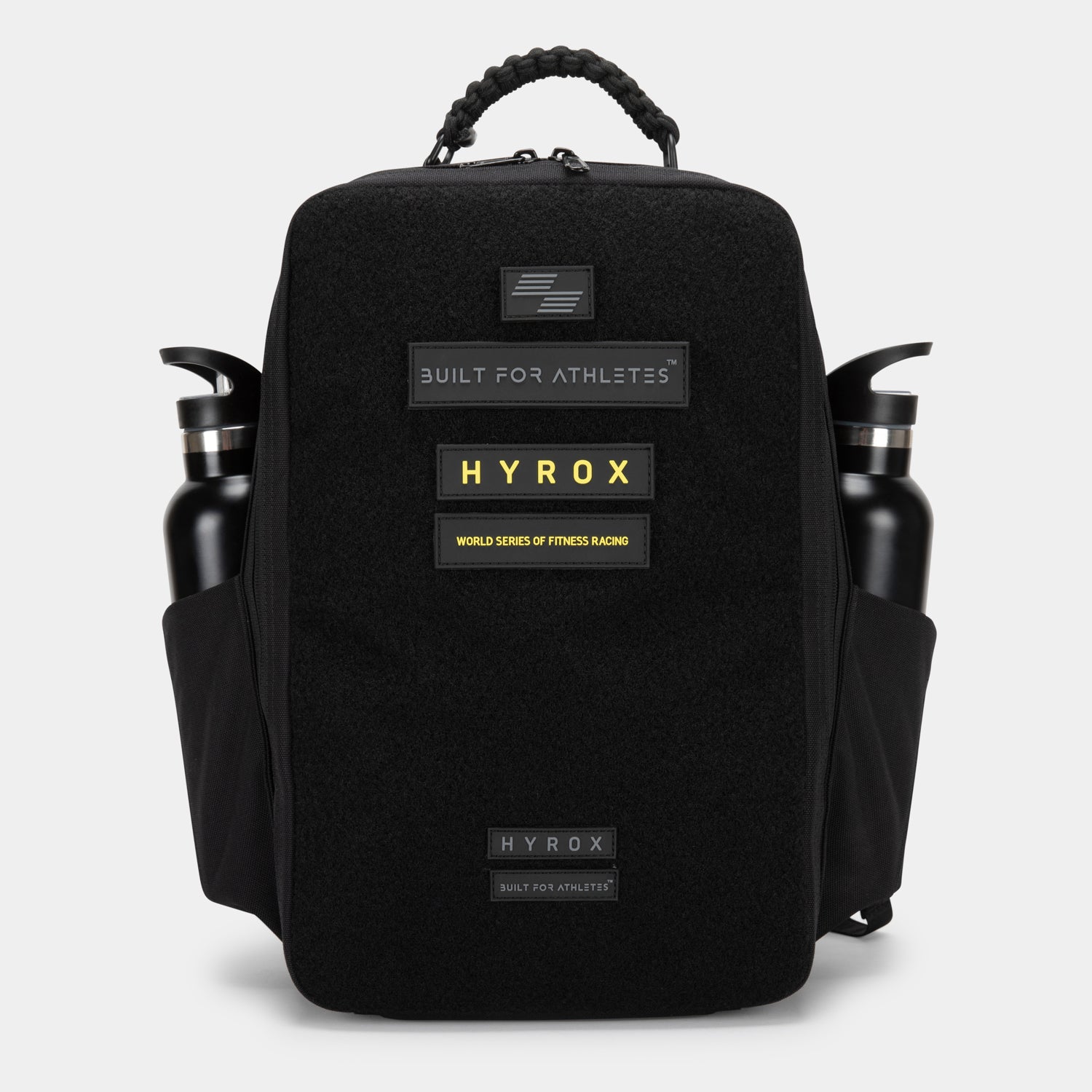

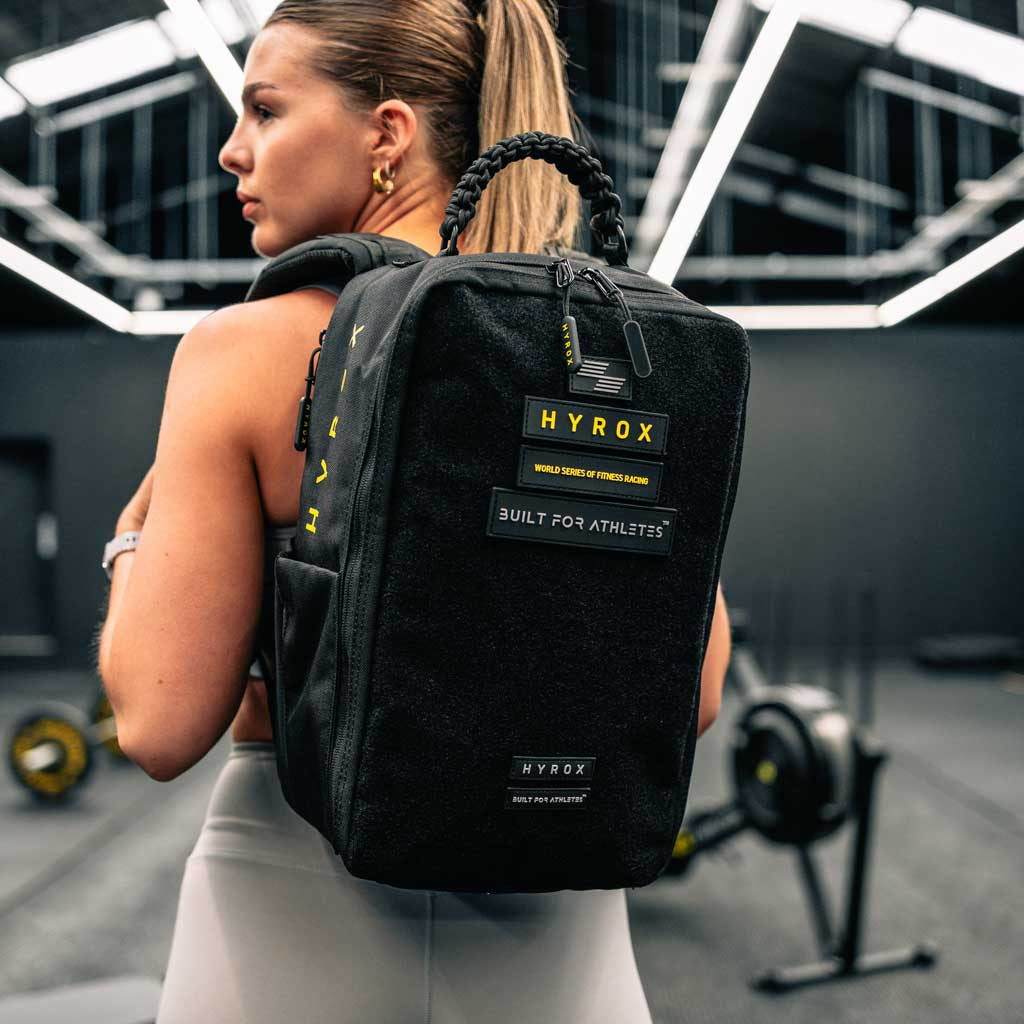

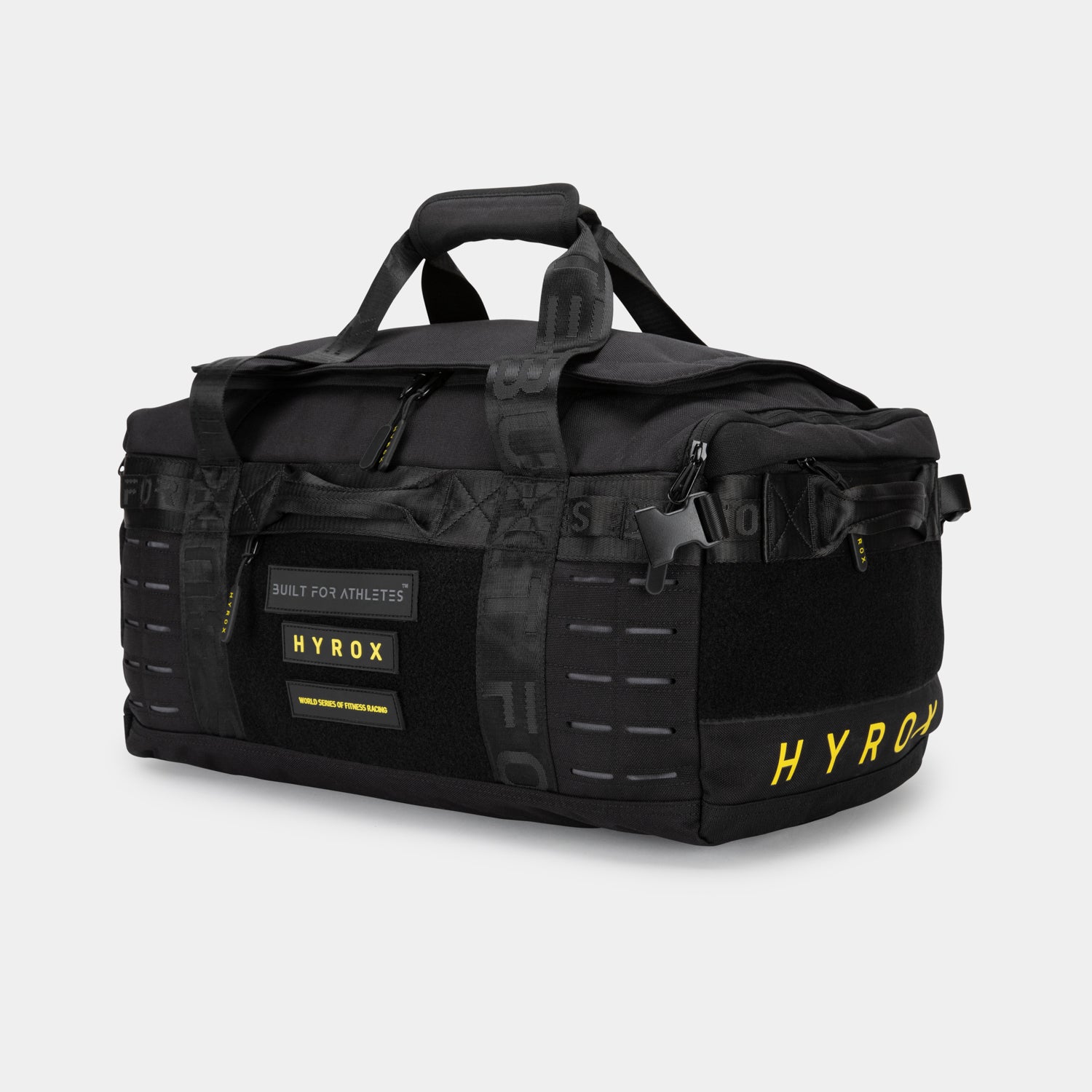



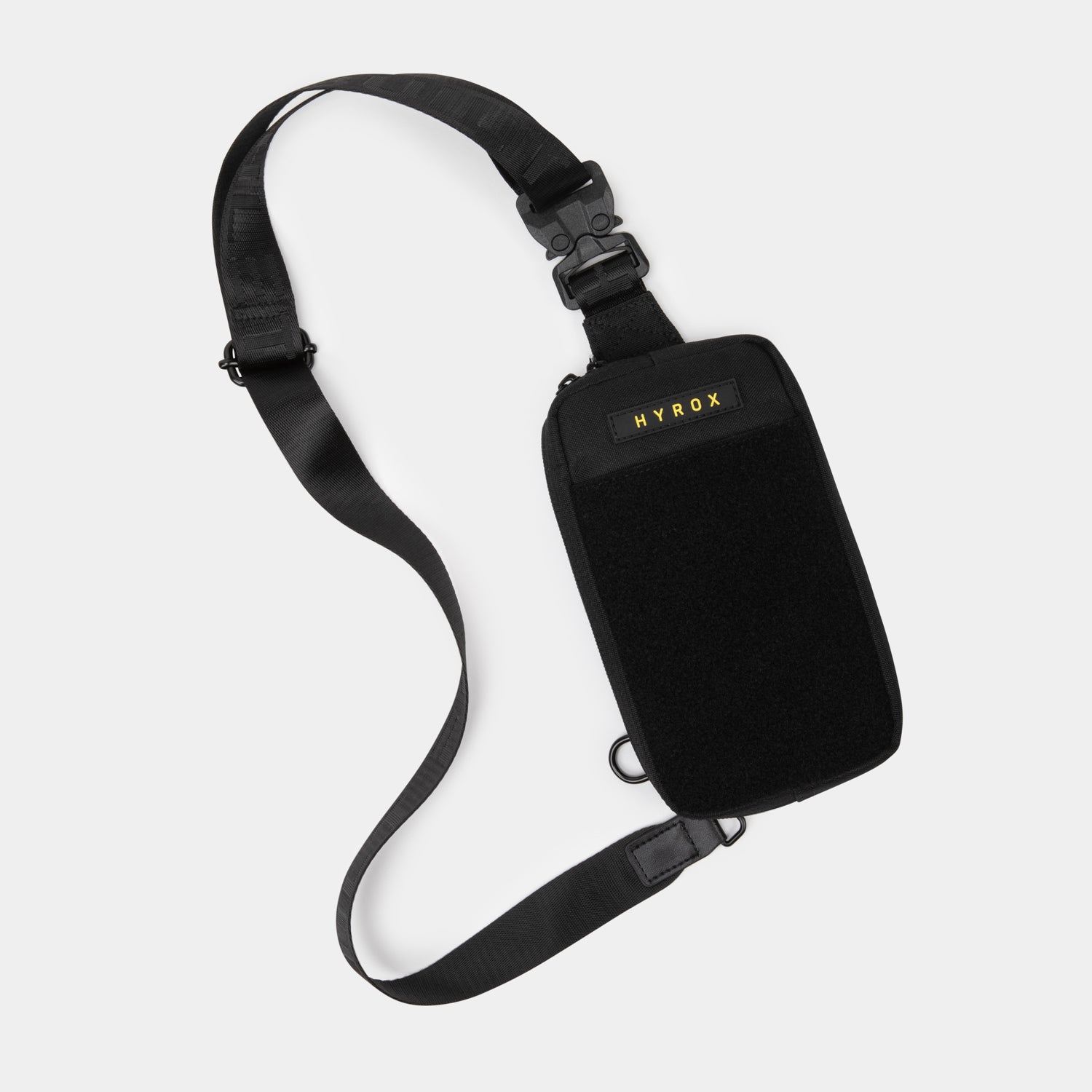









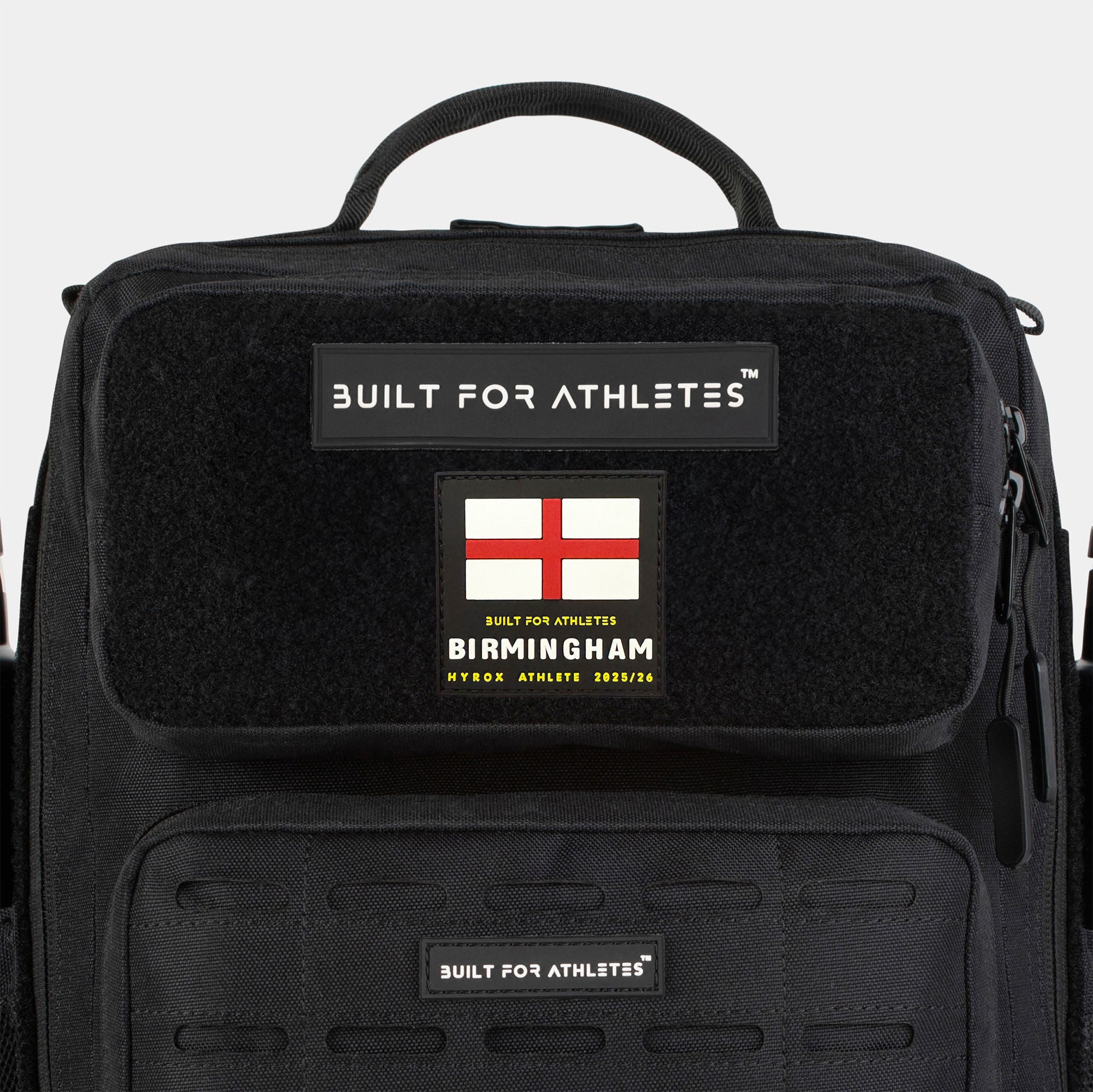

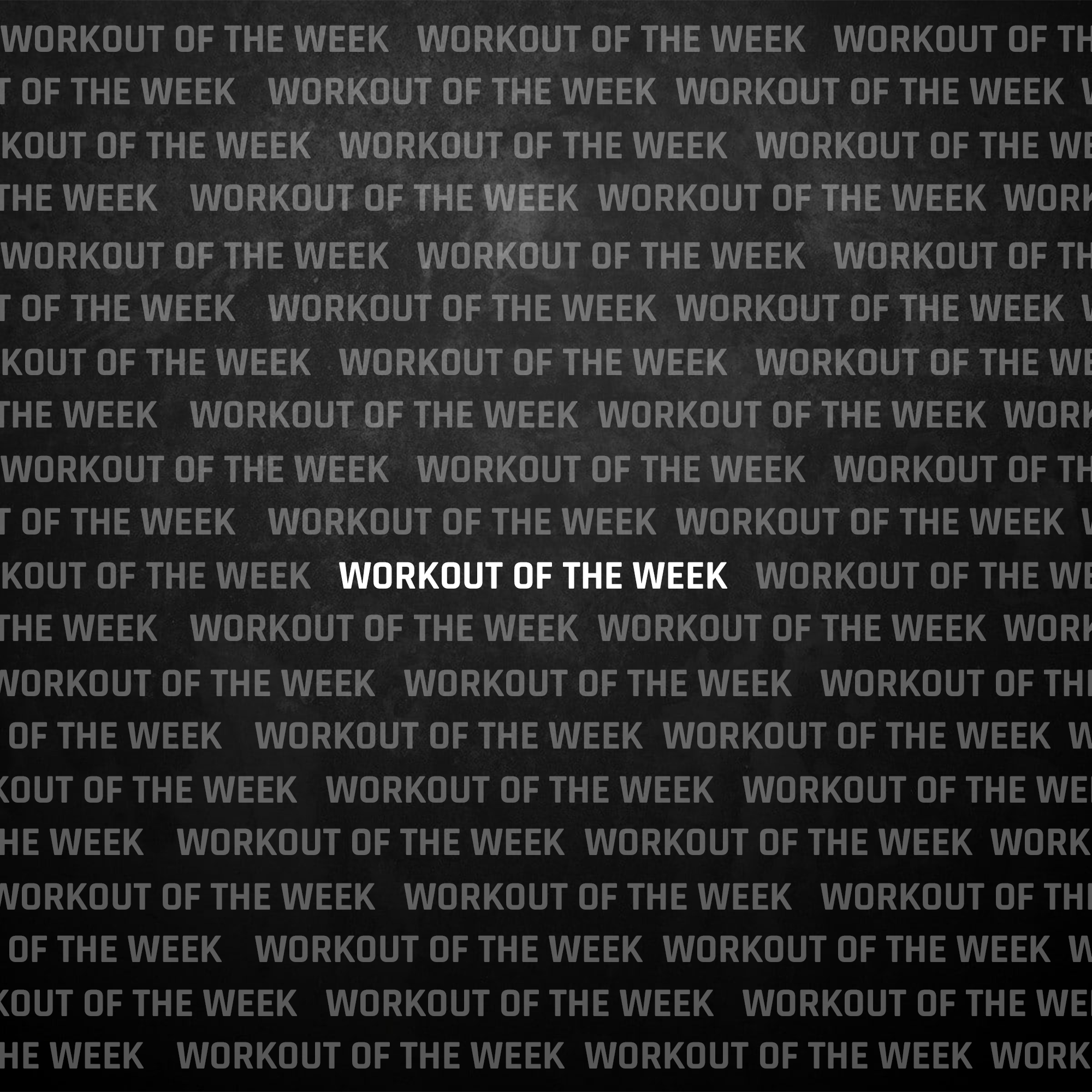

Share:
HYROX At Height - Rob James
#WOTW: JK Series